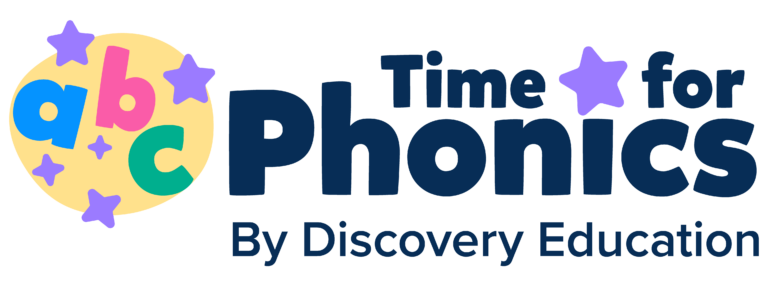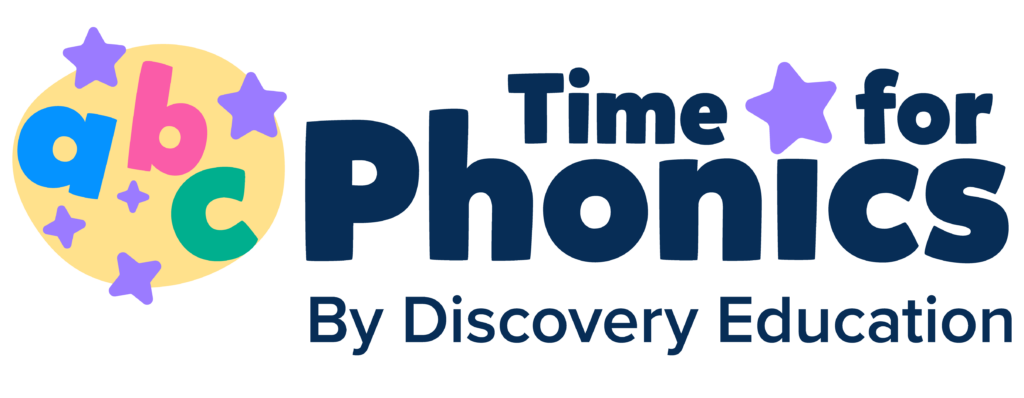How Phonics Links to the Early Years Foundation Stage (EYFS)
The intention of Time for Phonics is to provide all that is essential for all children to become successful, committed and enthusiastic readers. Nevertheless, our structured intervention programme is there for children that teachers feel will not “catch up” through the usual revisiting of previous learning in the course of each week.

What programmes are available?
We have two ready-made structured intervention programmes for EYFS/KS1 and KS2 children who are not keeping up. The programmes consist of detailed, clear and planned sessions to support pupils who require additional support, either 1:1 or in a small group if children are at a similar level. These can be delivered by a teaching/support assistant, class teacher, or specialist phonics teacher.
We suggest that interventions take place after the first half termly assessment for children that are identified as falling behind with their phonics knowledge. These interventions should take place daily and should last around 10 minutes.
Often children needing additional support are referred to as ‘the lowest 20%’. However you may find that you have more or less than 20% of your class in need of additional support.
For KS2 interventions, use your teacher assessment and judgment to decide which children need additional support in addition to using either Phonics Tracker or our own assessment materials.
The KS2 intervention programme contains age-appropriate activities and resources, moving away from illustrations and towards photos, bearing in mind the maturity levels of children at that age.
There are also more options than the EYFS/KS1 version, with activities aimed at improving reading speed and letter formation, alongside the GPC recognition and blending/segmenting activities.
What is considered 'on track'?
Our guidance is that children should be scoring 80% and over to be considered ‘on track’. Those scoring between 60-80% should be considered for interventions. Children scoring below 60% should receive interventions immediately.
Access the Time for Phonics intervention guide and structured programme below (school members only).
How do the sessions work?
Time for Phonics interventions are made with the following in mind:
- They are clear and easy to follow, with few additional resources needed.
- They target specific gaps in knowledge, based on knowledge gap analysis.
- They follow similar types of activities to the existing lessons, ensuring fidelity to the scheme.
- They are repetitive and familiar, so as not to overload children’s working memory.
- They are engaging, enjoyable and realistic in terms of how long children are able to stay focused.
Join Time for Phonics today to access our unique phonics scheme, supporting resources and much more!

